Introduction to the characteristics of Ethiopian native variety heirloom coffee beans the difference between heirloom and Landrace coffee
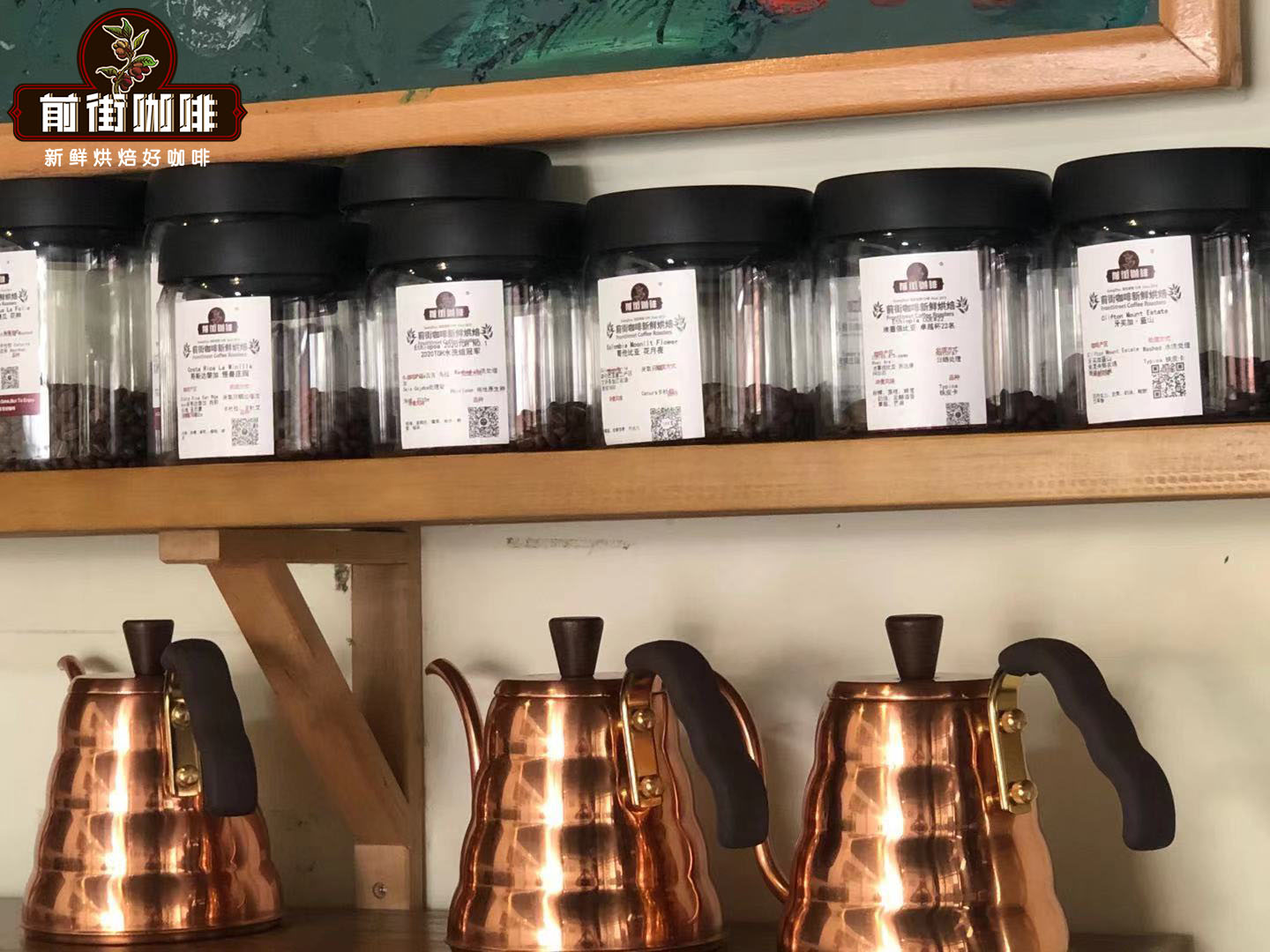
Professional coffee knowledge exchange more coffee bean information please follow the coffee workshop (Wechat official account cafe_style)
Coffee fans all know that Ethiopia is the birthplace of coffee. Up to now, nearly 2000 varieties (including 1927 native varieties and 128imported varieties) have been recorded in Ethiopia; but at present, the common varieties of Ethiopian coffee beans on the market are called Heirloom native species, so let's take a look at Qianjie Coffee to popularize what is called Heirloom native species.
What is the native species of Heirloom?
Qianjie Coffee looks up the word "Heirloom" according to the Oxford English Dictionary and finds that it means "something of value that belongs to a family that has been passed on for generations", so it is also translated into a "family heirloom" in some places.
And according to Qianjie coffee review data, it is known that there are about 10000 to 15000 family heirloom varieties in Ethiopia, most of which have not yet been formally genetically identified. It is precisely because of the astonishing number of varieties, on the one hand, it is difficult to identify and classify them, and on the other hand, the Ethiopian government is unwilling to disclose the information of these varieties for the sake of protection, so it is collectively called "native species".
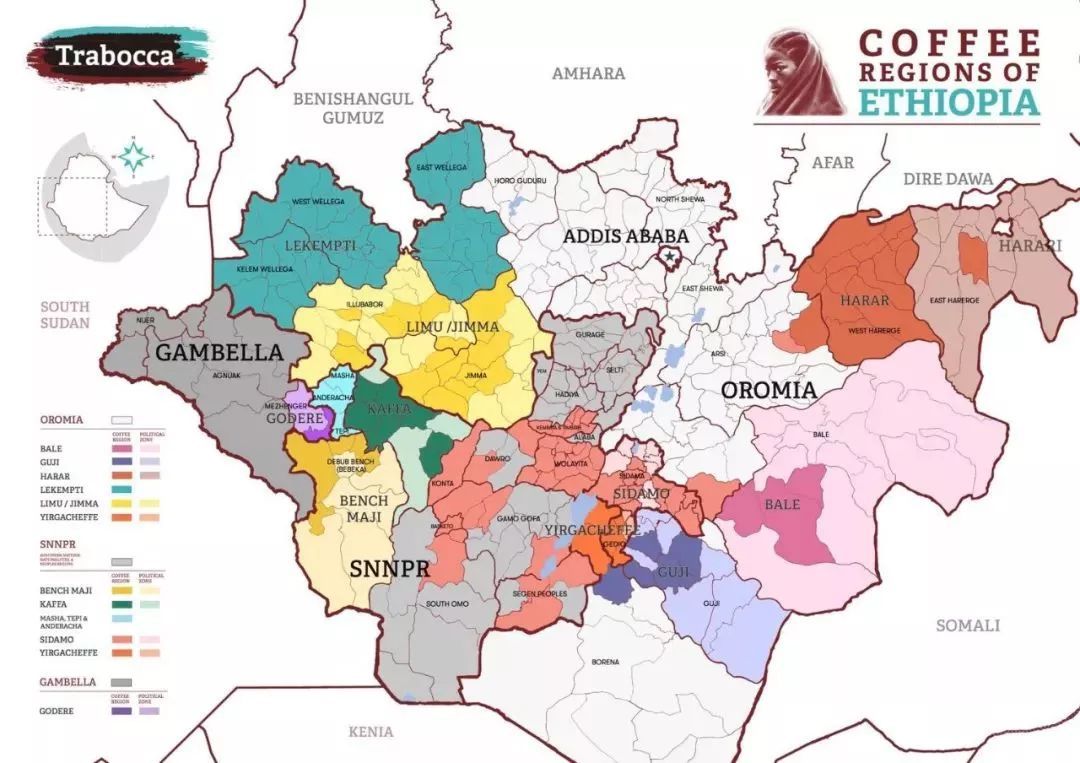
At present, local native varieties are usually divided into two categories: JARC varieties and local local varieties. JARC varieties are developed and studied by Jima Agricultural Research Center (with ideal characteristics, such as higher resistance to disease or higher yield). However, regional local varieties are coffee trees that grow entirely in the wild.
And Qianjie knows that in Ethiopia, there is also a "semi-forest system" in which "large forest areas (usually) are owned by private groups". Mainly because one of the biggest problems with local native species is that most of them are wild, it is difficult for farmers to identify and separate varieties in the wild, while on farms, pickers and producers can better separate each variety. Among thousands of different family heirlooms in Ethiopia (whether identified or not), there are many different characteristics, including yield, cup quality, flavor and disease resistance. However, one of the biggest problems with these thousands of heirloom coffee varieties is identification. This is partly due to the existence of a large number of genetically different varieties in Ethiopia. In addition, in some areas, many different varieties grow close to each other, so it is difficult to isolate and identify them.
Finally, heirloom varieties are usually identified only by producers based on years of experience, because there are so many varieties that it is almost impossible to carry out more extensive genetic verification.
The above is the relevant information about the original species of Heirloom in Ethiopia compiled by Qianjie Coffee, and it is precisely because of this that Ethiopia has introduced coffee bean grading standards that meet their conditions. Next, Qianjie Coffee will introduce it to coffee fans. Grading standard of Ethiopian coffee beans
As mentioned above in Qianjie Coffee, there are a large number of coffee varieties in Ethiopia, so this leads to different sizes of local coffee beans (such as the size of Ethiopian Sidamo Fakui coffee beans in the following picture). So Ethiopia mainly grades coffee beans on the basis of the number of defective coffee beans and coffee flavor.
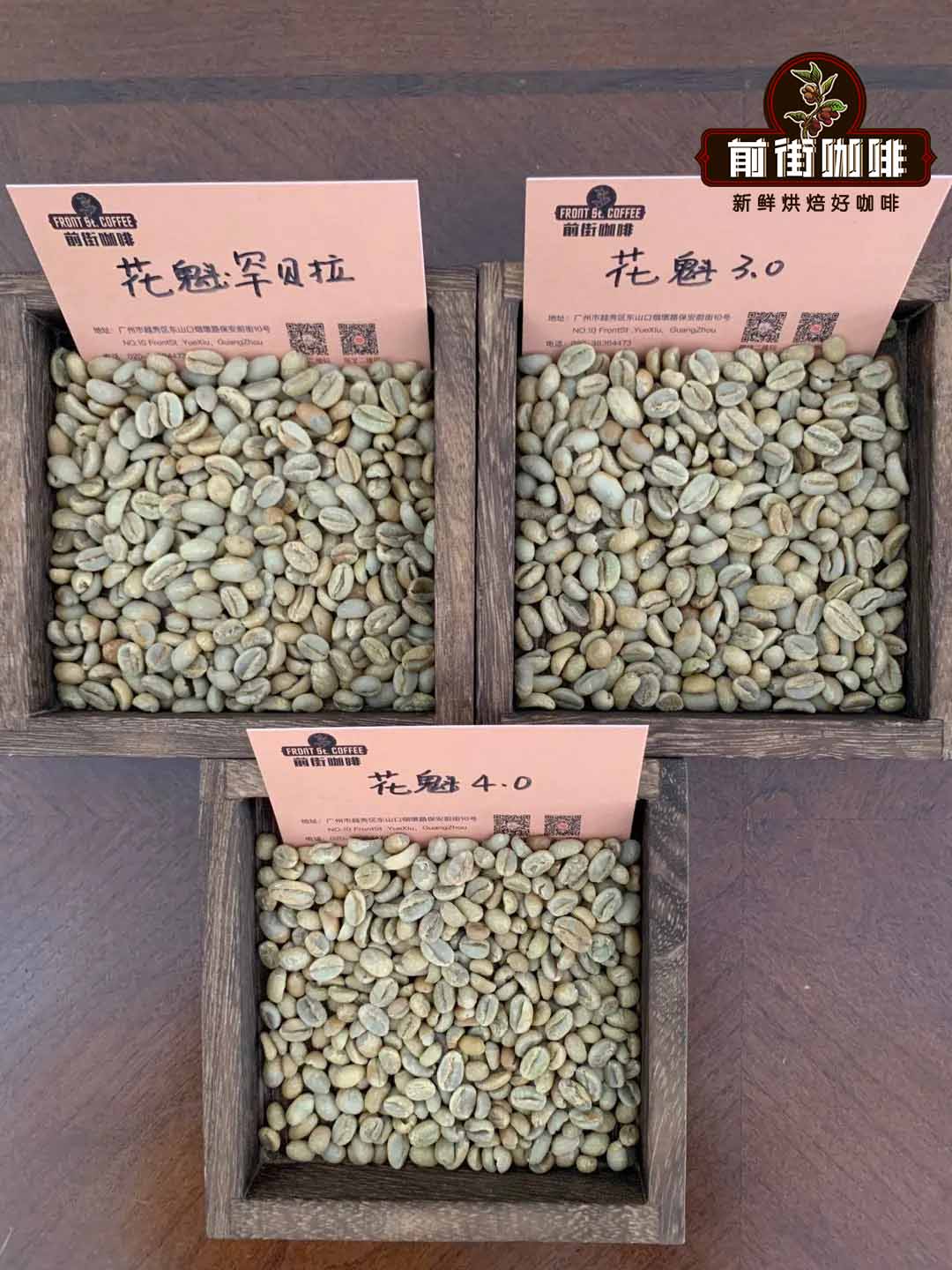
Before the emergence of the Ethiopian Mercantile Exchange ECX, Ethiopia's coffee export grade was established by the CLU department of the Ministry of Agriculture, which mainly graded coffee raw beans according to the number of defective beans in 300g, as shown in the table below. General washing treatment is G1-G2, due to the technical problems of sun treatment at that time, the number of defects of raw sun beans is relatively large, generally G3-G5, with the improvement of sun treatment technology, now the sun beans can also reach the G1-G2 level.
Grade defective beans (per 300g) Grade1 ≤ 3Grade24-12Grade313-25Grade426-45Grade546-90
Among them, boutique and commerce are aimed at the export international market. ECX divides coffee raw beans into nine grades according to the total score of physical attribute characteristics and cup test flavor characteristics, of which the physical feature score accounts for 40% and the cup test mass score accounts for 60%.
Physical characteristics (40%):
Washing treatment: number of defects (20%), appearance size (10%), color (5%), smell (5%)
Non-washing treatment: number of defects (30%), odor (10%)
Grade washing / non-washing fraction Grade191-100Grade281-90Grade371-80Grade463-70Grade558-62Grade650-70Grade740-49Grade831-39Grade920-30
Then the G1-G3 was tested again according to the SCAA standard, and its flavor properties were evaluated in more detail, and the G1 and G2 were rated as Q1 for no less than 85, Q2 for G1 and G2 G3 between 80 and 85, and G3 for all G1Magi G2 G3 below 80.
Q1 and Q2 are classified as boutique grade exports. G4-G9 remains unchanged and is classified as commercial grade export together with G3.
The above is the grading standard of Ethiopian coffee beans, then Qianjie Coffee will recommend some coffee beans native to Ethiopian Heirloom to coffee fans.
Front Street Coffee Essex and Sheffield Ding Ding Coffee beans
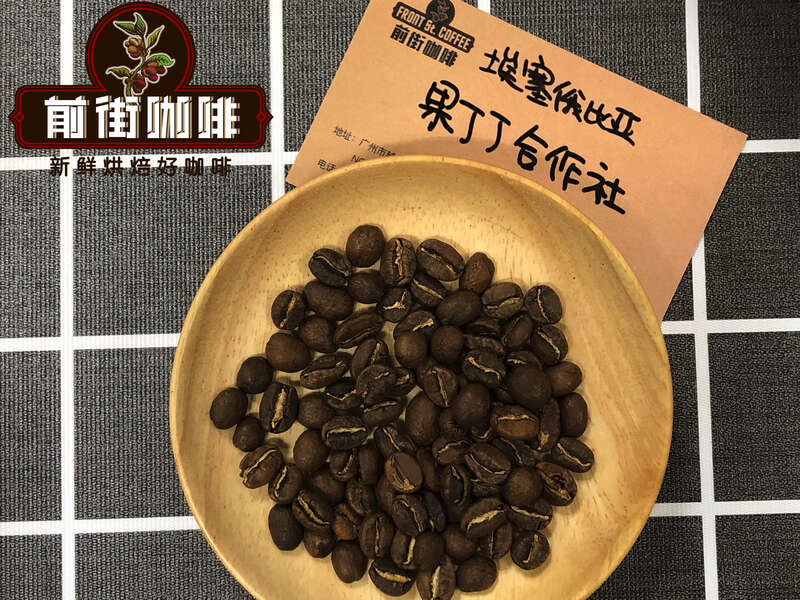
Country: Ethiopia
Producing area: Yega Xuefei
Altitude: 1900-2300m
Variety: native species
Treatment: washing treatment
Flavors: tropical fruits, cream, honey, berries, citrus
The origin of the name is actually because this coffee cherry is produced by the Guotintin Cooperative. According to Qianjie, the Guotintin Cooperative was originally part of the Waka Cooperative of the YCFCU of the Yega Sheffield Alliance. It became the Guotingding Cooperative in 2012 and now has more than 300 small farmer members.
Front Street Coffee Essex plus Chevy Red Honey Cherry Coffee beans
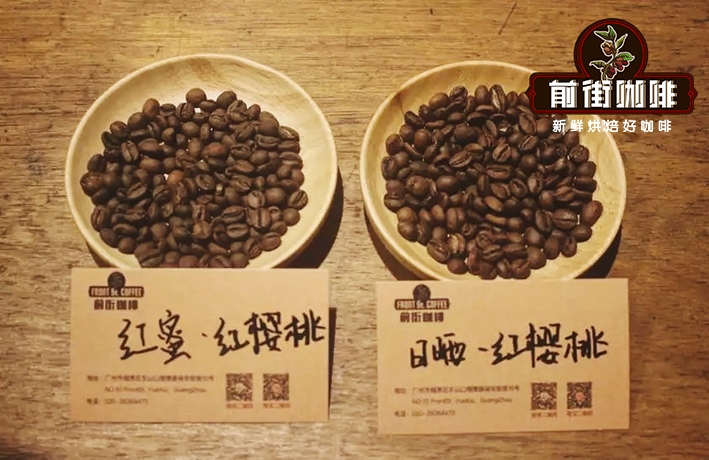
Country: Ethiopia
Producing area: Yega Xuefei
Altitude: 2000-2200m
Variety: local native clock
Treatment: red honey treatment
Flavor: Jasmine, citrus, honey, berries, almonds, fermented red wine
This red honey-treated coffee bean from Qianjie Coffee smells like ripe fruit and has a hint of red wine fermentation. The red honey treatment is also a new treatment tried by Yejiaxuefei in recent years, which is very special, so Qianjie Coffee introduced this red honey-treated Yejiaxuefei coffee beans to coffee fans to taste.
Front Street Coffee Essex plus Sheffield Sun Red Cherry Coffee beans
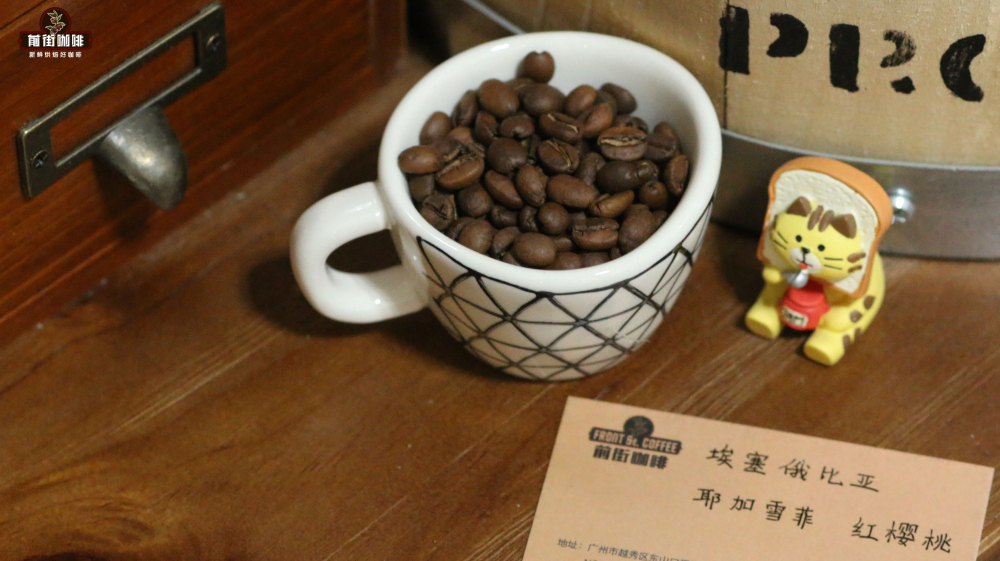
Country: Ethiopia
Producing area: Yega Xuefei
Altitude: 2300m
Variety: native species
Treatment: sun treatment
Flavor: berries, lemons, strawberries, fermented wine
Qianjie Coffee this sun-red cherry coffee beans are made from 100% ripe coffee beans, so they are fragrant, sweet and fermented.
The coffee bean is called Red Cherry because of the "Red Cherry Project" jointly implemented by Ethiopian local coffee farmers and the Dutch company Trabocca. The plan aims to improve the quality of coffee on small farms and increase the income of farmers. To pick fully ripe coffee fruit, we should not only pick the fruit with high maturity of full red, but also harvest it by hand, but this is only the most basic requirement. There are also corresponding requirements for the treatment of coffee beans. Therefore, as long as the coffee beans from this red cherry project are of excellent quality, which is one of the reasons why Qianjie coffee is on the shelves.
Front Street Coffee Esseyega Sheffiwoca Cooperative Coffee beans
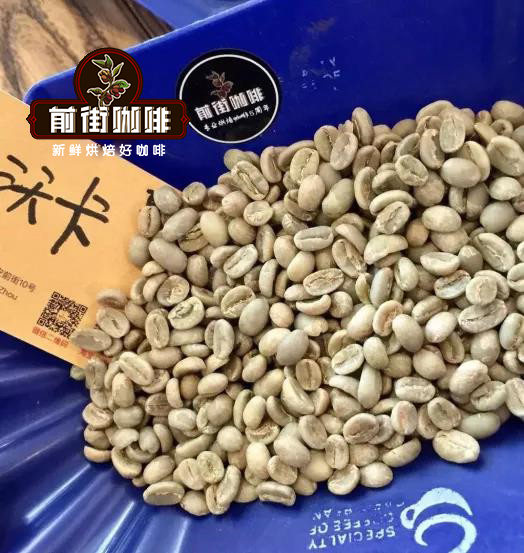
Country: Ethiopia
Producing area: Yega Xuefei
Altitude: 1650-1800m
Variety: native species
Treatment: washing treatment
Flavor: lemon, jasmine tea, black tea, sugar
Waka is located in the Yega Sheffield producing area, 1800-2000 meters above sea level. Waka Cooperative was founded in 2005 and joined the famous Yejia Sheffield Coffee Farmers Cooperative Union (YCFCU,Yirgacheffe Coffee Farmers Cooperative Union) that year, which is famous for producing high-quality sunny Yega Coffee. This Waka on the front street comes from here.
Front Street Coffee Essex plus Sheffield Aricha Coffee beans
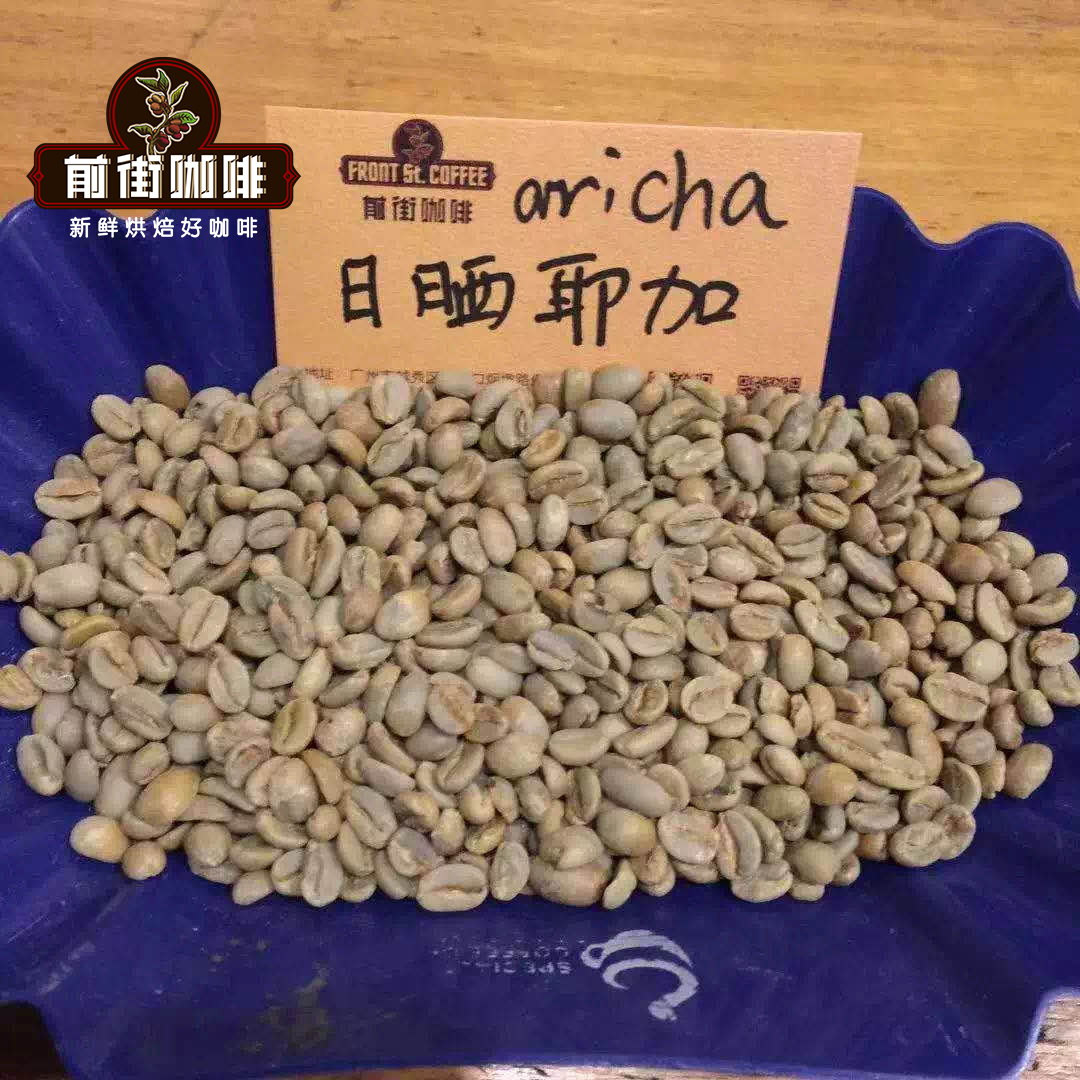
Country: Ethiopia
Producing area: Yega Xuefei
Altitude: 1900-2100m
Variety: native species
Treatment: sun treatment
Flavor: light fermented wine, sweet orange, spices, honey sweet
Aricha is produced at the Kebel Aricha processing plant, and there are about 650,700 small coffee farmers nearby. Farmers send ripe coffee berries here for processing and cash. After the treatment plant selects the available berries, they are directly exposed to the sun on the scaffolding and are turned every 2-3 hours in the first few days to prevent overfermentation. After four to six weeks of sun exposure, the workers will scrape off the outer pulp with a machine according to the weather and temperature, and then transport it to addis for storage. Usually, sun-treated beans are stored in the form of shell beans, and they are not shelled until they are exported to ensure the quality of raw beans.
Qianjie Sun Riga is the highest grade rated by ECX as G1, from raw bean appearance, consistency and freshness to dry aroma and flavor. Coffee fans who like bright acidity and strong berry flavor must not miss it!
Front Street Coffee Essex Damo Huakui 5.0 Coffee beans
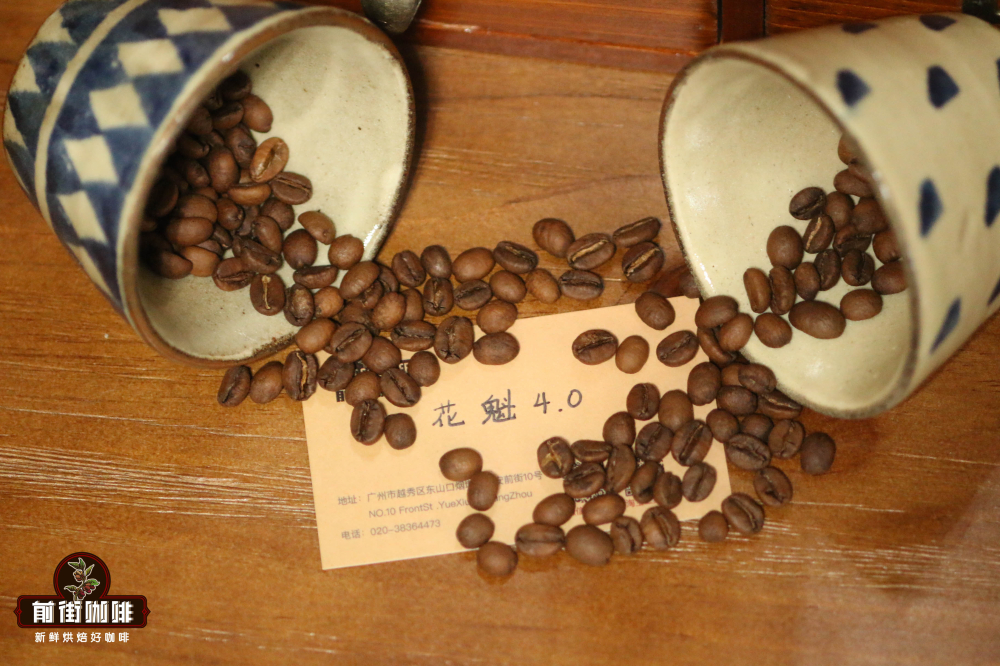
Country: Ethiopia
Producing area: Sidamo
Altitude: 2250-2350m
Variety: native species
Treatment: sun treatment
Flavor: berries, scented tea, honey, lemon, black tea
This Huakui coffee bean introduced by Qianjie Coffee is the champion of the sun drying group in the 2017 Ethiopia toh Coffee Competition. It appears in front of everyone with its unique strawberry cream flavor, making a splash. So in that year, this batch of raw beans was introduced to China by Hongshun, a raw bean trader in Beijing. In the same year, Li Jianfei used this bean to win the runner-up in China in the 17-year World Brewing Competition. This Ethiopian bean stands out among the many Rose Summer beans, so it is called "Sakuran". In the next few years, Sakuran was named "X.0", such as Sakuran 5.0 in 2021.
The rise of Landrace varieties
In recent years, Ethiopian coffee is not only marked with Heirloom original species on the variety, but also some Ethiopian beans will be marked as "Landrace". Landrace means local varieties, which refer to those plants that have historical origin, unique characteristics, genetic diversity, can adapt to local conditions, and cooperate well with farmers' field management. For example, Yejia Xuefei, which is also indistinguishable, is accustomed to the unique flavor formed by the geographical environment here. Locals are also used to using the word "Kurume" to refer to the coffee varieties in this area. Similarly, there are local varieties such as Dega and Walisho of Sidamo.
In addition, Ethiopia now has digital coffee varieties, which are numbered with numbers starting with 74 and 75, thanks to the breed breeding program launched by the Gima Coffee Institute between 1974 and 1975, which excelled in the Ethiopian COE competition, such as 74110 and 74112, which have won two consecutive COE lists.

Data sharing of coffee baking in Qianjie
Sun red cherries: Qianjie coffee will do two rounds of manual screening of defective beans before roasting, which can lay the foundation for roasting high-quality coffee. This sun-tanned cherry coffee has very few defects.
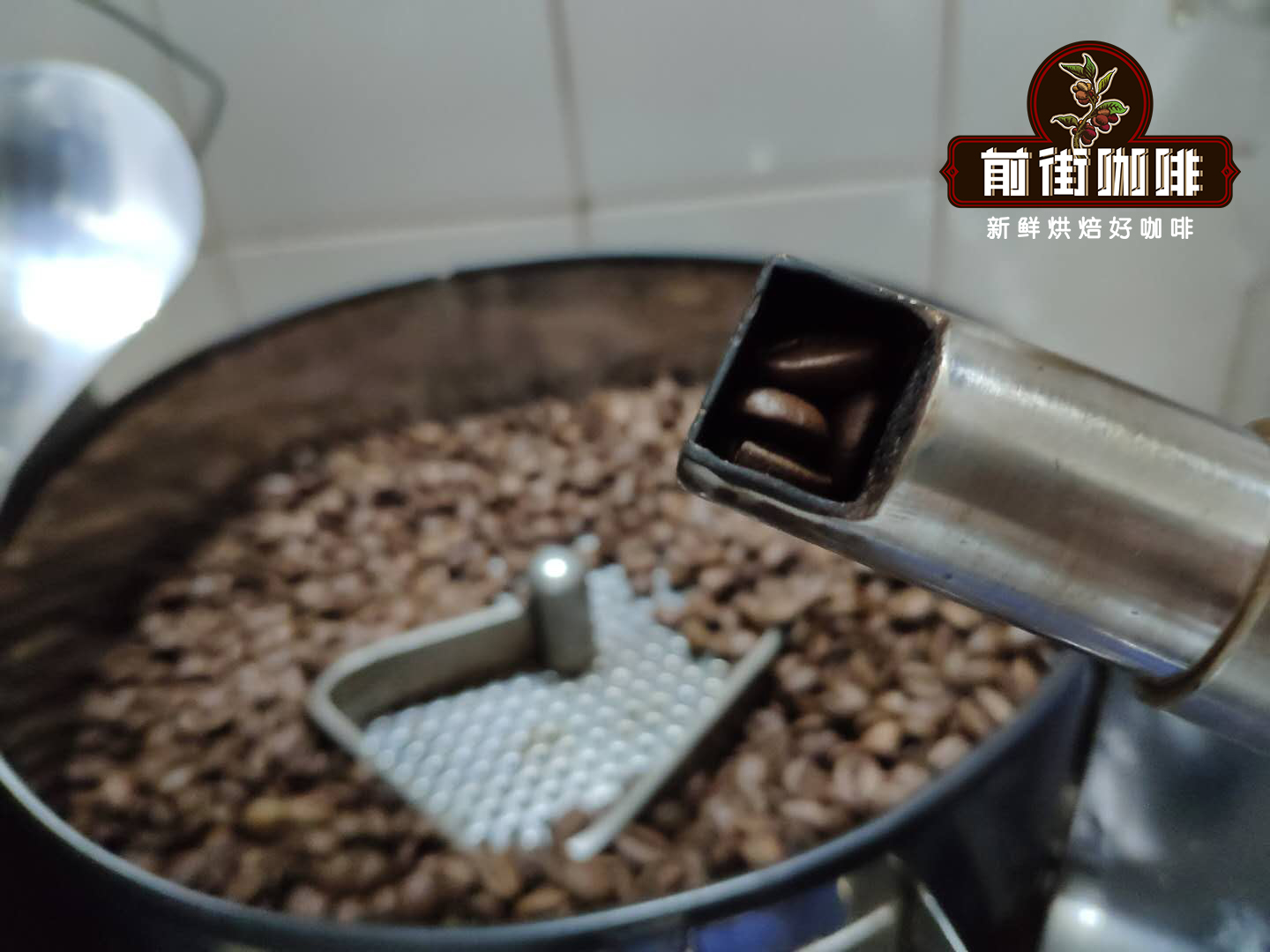
Yangjia 800N, bean 600g: furnace temperature to 200 degrees Celsius, throttle set 3.5 degrees Celsius 1 minute, adjust firepower 160 degrees, throttle unchanged, 148 degrees adjust firepower, drop to 130 degrees, bake to 5: 03 ", temperature 151 degrees, bean surface turns yellow, grass smell disappears completely, dehydration is completed, firepower is adjusted to 105 degrees, throttle is opened to 4 degrees. In the 8th minute, ugly wrinkles and black markings appear on the bean table, and the smell of toast obviously changes to the smell of coffee, which can be defined as a prelude to an explosion. At this time, listen clearly to the sound of the explosion point, start to explode at 9: 07 ", adjust the firepower to 70 degrees, and the throttle is fully open (the firepower should not be so small as to be free of bursting sound). Put the pot at 194 degrees.
Data sharing of coffee brewing in Qianjie

Filter cup: V60 # 01
Water temperature: 90-91 degrees
Powder content: 15g
Ratio of powder to water: 1:15
Degree of grinding: BG6m/ medium fine grinding (No. 20 sieve bowl sieve powder to 80%)
Cooking technique: three-stage extraction
In the first stage, 30 grams of water is injected for 30 seconds, followed by 95 grams (about 125 grams indicated by the electronic scale). The injection is completed in about 1 minute, and the remaining 100 grams are injected at 3 places in the powder layer (about 225 grams shown by the electronic scale) in about 1 minute and 35 seconds. 2: 00 "- 2 × 39" trickle filtration is completed, remove the filter cup and complete the extraction.
Sun red cherry flavor: lemon, licorice, citrus, berries, sweet orange, the overall sweetness is high, Huigan has the flavor of caramel and cream, with black tea aroma.
For more boutique coffee beans, please add private Qianjie coffee on Wechat. WeChat account: kaixinguoguo0925
Important Notice :
前街咖啡 FrontStreet Coffee has moved to new addredd:
FrontStreet Coffee Address: 315,Donghua East Road,GuangZhou
Tel:020 38364473
- Prev
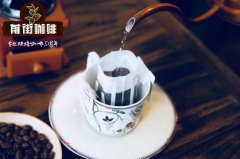
How to order a good drink? what kind of coffee is Orebai?
Professional coffee knowledge exchange more coffee bean information Please follow the coffee workshop (Wechat official account cafe_style) the weekend is here again, people in the countryside with mood but not afraid of the cold can bring their girlfriends / boyfriends (suitable for single dogs), sit outside, put on small sunglasses, blow han wind (feng), bask in the sun, order a cup of fragrant white, look at the fallen leaves and feel the arrival of early winter.
- Next
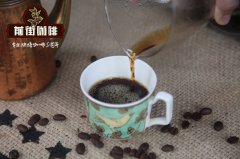
The name of coffee bean introduces the origin of the name of the family heirloom of Ethiopia-heirlooms.
Professional coffee knowledge exchange more coffee bean information please follow the coffee workshop (Wechat official account cafe_style) what we are concerned about, what is easier to understand is the level from the beginning to the lower level of the genus Coffee. You can take a look at the following picture to learn about the main commercial varieties (Species) of the genus Coffea Genus and its small variety branch (Varie).
Related
- Detailed explanation of Jadeite planting Land in Panamanian Jadeite Manor introduction to the grading system of Jadeite competitive bidding, Red bid, Green bid and Rose Summer
- Story of Coffee planting in Brenka region of Costa Rica Stonehenge Manor anaerobic heavy honey treatment of flavor mouth
- What's on the barrel of Blue Mountain Coffee beans?
- Can American coffee also pull flowers? How to use hot American style to pull out a good-looking pattern?
- Can you make a cold extract with coffee beans? What is the right proportion for cold-extracted coffee formula?
- Indonesian PWN Gold Mandrine Coffee Origin Features Flavor How to Chong? Mandolin coffee is American.
- A brief introduction to the flavor characteristics of Brazilian yellow bourbon coffee beans
- What is the effect of different water quality on the flavor of cold-extracted coffee? What kind of water is best for brewing coffee?
- Why do you think of Rose Summer whenever you mention Panamanian coffee?
- Introduction to the characteristics of authentic blue mountain coffee bean producing areas? What is the CIB Coffee Authority in Jamaica?

